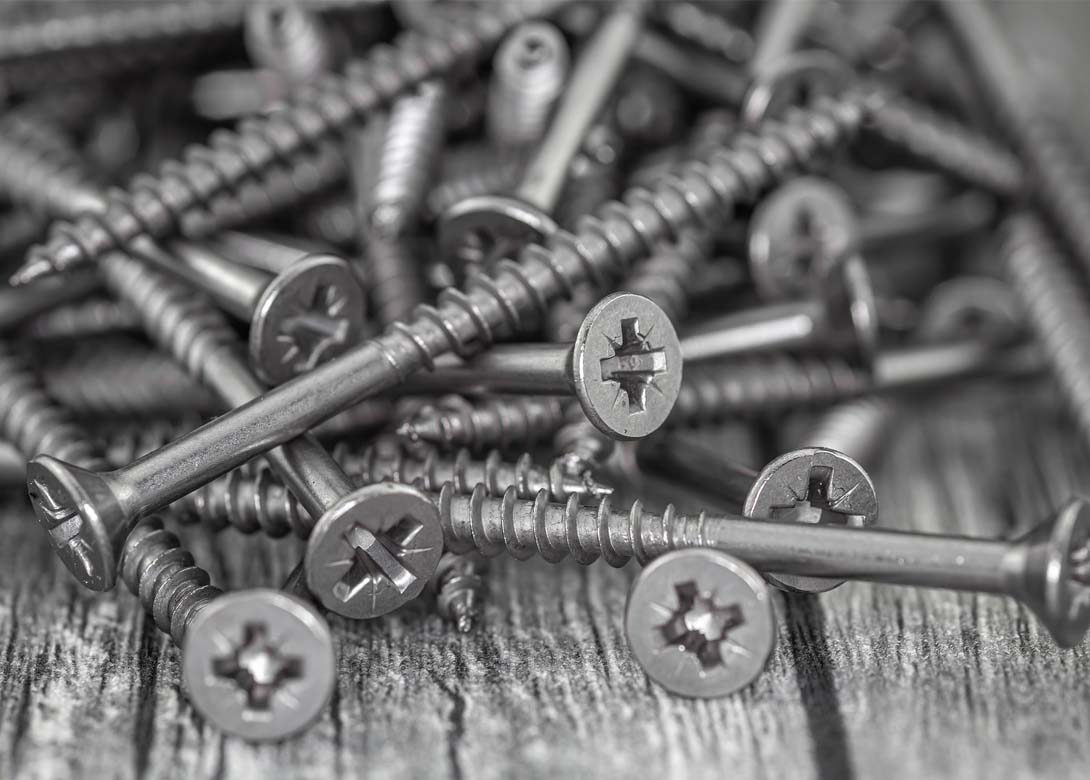
By The Nickel Institute
More than two thirds of global nickel production is used to produce stainless steel. As an alloying element, nickel enhances stainless steel’s important properties such as formability, weldability and ductility, while increasing corrosion resistance in certain applications.
Stainless steel has been in use for more than one hundred years. It comprises a wide range of iron-based alloys, but unlike conventional steel they are resistant to corrosion and do not rust when exposed to water alone. The alloying element that makes steel ‘stainless’ is chromium; however, it is the addition of nickel that enables stainless steel to become such a versatile alloy.
In addition to their inherent corrosion resistance, nickel-containing stainless steels are easy to form and weld; they remain ductile at very low temperatures and yet can be used for high temperature applications. In addition, unlike conventional steel and non-nickel-containing stainless steel, they are non-magnetic.
This means they can be made into an exceptionally wide range of products, spanning applications in the marine and chemical industry, the health sector, as well as domestic uses. In fact, nickel is so important that nickel-containing grades make up 75% of stainless steel production. The best known of these are Type 304, which has 8% nickel and Type 316, which has 11%.
Nickel provides these properties by changing the crystal structure of steel to an austenitic (face-centred cubic crystal) structure at almost all temperatures. Conventional steel has a ferritic (body-centred cubic crystal) structure at ambient temperature. It is the addition of sufficient nickel – typically 8% to 10% – that imparts these unique properties.
Formability
The austenitic structure provides stainless steels with good ductility and formability. The common 18% chromium/8% nickel Type 304 in particular shows good stretch forming characteristics. A slightly higher nickel content further increases the stability of the austenite and reduces the work hardening tendency – increasing suitability for deep drawing. Unlike low nickel, high manganese alloys, these alloys are not prone to delayed cold cracking. Their excellent formability has led to 300-series austenitic alloys being widely used for items such as kitchen sinks and cooking pots.
Weldability
Many pieces of stainless steel equipment are fabricated by welding. In general, nickel austenitic alloys are better for welding than other alloys, with Types 304 and 316 being the most widely fabricated stainless steels in the world. Unlike ferritic alloys, they are not prone to brittleness as a result of high temperature grain growth and the welds have excellent bend and impact properties. They are readily weldable in both thick and thin sections.
Toughness
Toughness – the ability of a material to absorb energy without breaking – is essential in many engineering applications. Most stainless steels have good toughness at room temperature. However, as temperature decreases the ferritic structure becomes progressively more brittle, making ferritic stainless steels unsuitable for use at cryogenic temperatures. In contrast, the common austenitic stainless steels retain good toughness even at liquid helium temperatures (-270°C), which is why grades such as Type 304 are widely used for cryogenic applications.
High temperature properties
Adding nickel gives the austenitic alloys of stainless steel significantly greater high temperature strength than other alloys, particularly the ability to resist the tendency to move slowly or deform permanently under mechanical stresses, known as creep.
These alloys are also much less prone to forming damaging brittle phases when exposed to temperatures in excess of 300°C. Nickel also stabilises the protective oxide film and reduces spalling during thermal cycling. This is why austenitic alloys are preferred for high temperature applications and where fire resistance is needed.
Sustainability
Most nickel-containing materials are fully recyclable at the end of the product’s useful life; indeed their high value encourages recycling. This, in turn, lessens the environmental impact of nickel-containing stainless steels by reducing both the need for virgin materials and the energy that their production uses. For example, the amount of stainless steel scrap currently being used reduces the energy required for stainless steel manufacture by around one third over using 100% virgin materials.
Ease of production
Ease of production is not something that is immediately apparent to the end user. However, long experience of manufacturing the common austenitic alloys; their widespread use; their versatility; and the scale of their production have allowed them to become widely and economically available in all shapes and quantities and in all parts of the world.
Stainless steel use
The common nickel-containing austenitic alloys are clearly excellent all round performers. They are widely available, their properties and applications are well understood and they are versatile and easy to use. They also demonstrate excellent durability and are extensively recycled when their useful life is over. They frequently offer the most practical, lowest risk material choice, meaning these grades are found in a wide range of applications – including food contact materials and the health sector, process plants, oil and gas, power generation, pollution control, transport in cars, trains, aerospace, shipping and in architecture.

Biog
Having spent a decade in the fastener industry experiencing every facet – from steel mills, fastener manufacturers, wholesalers, distributors, as well as machinery builders and plating + coating companies, Claire has developed an in-depth knowledge of all things fasteners.
Alongside visiting numerous companies, exhibitions and conferences around the world, Claire has also interviewed high profile figures – focusing on key topics impacting the sector and making sure readers stay up to date with the latest developments within the industry.






